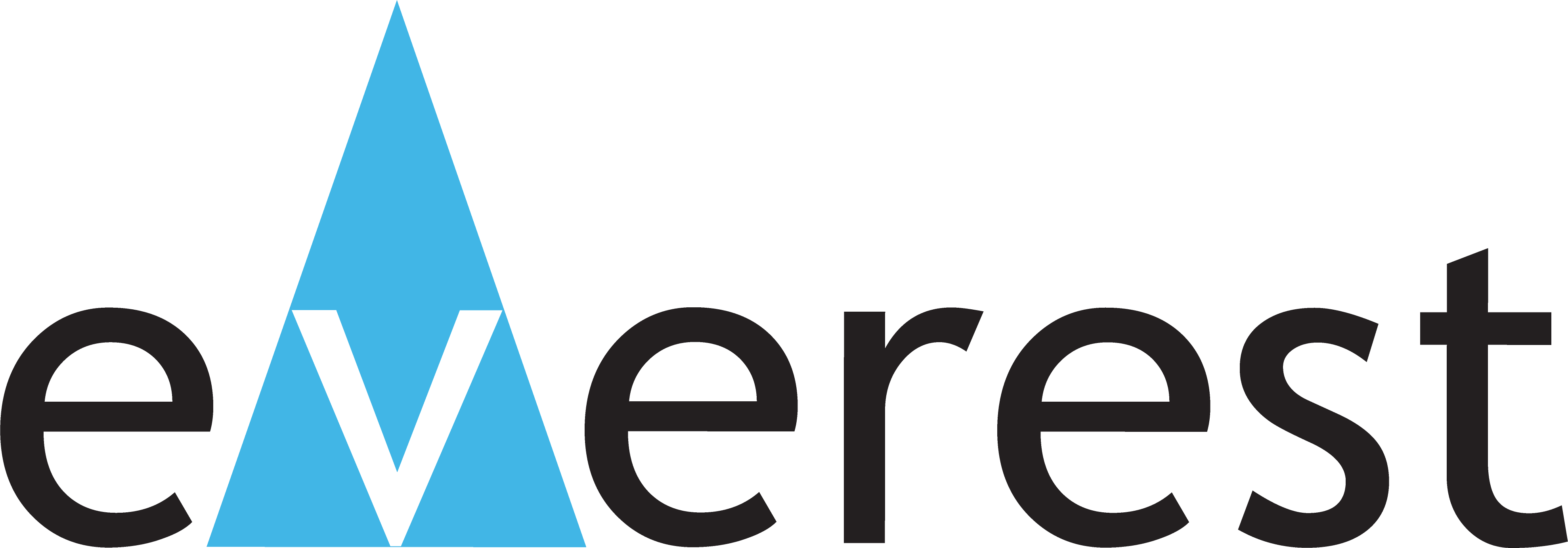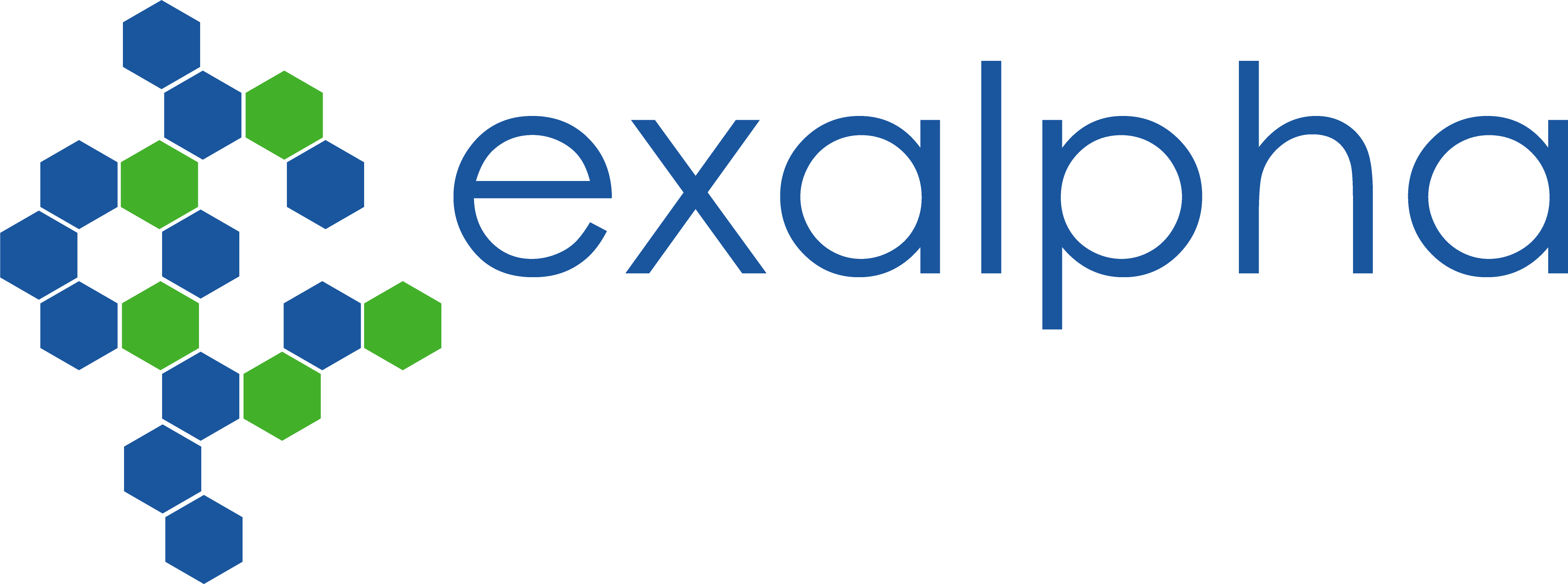order histories, retained contact details for faster checkout, review submissions, and special promotions.
Forgot password?
order histories, retained contact details for faster checkout, review submissions, and special promotions.
Locations
Orders Processing,
Shipping & Receiving,
Warehouse
2 Shaker Rd Suites
B001/B101
Shirley, MA 01464
Production Lab
Floor 6, Suite 620
20700 44th Avenue W
Lynnwood, WA 98036
Telephone Numbers
Tel: +1 (206) 374-1102
Fax: +1 (206) 577-4565
Contact Us
Additional Contact Details
order histories, retained contact details for faster checkout, review submissions, and special promotions.
Forgot password?
order histories, retained contact details for faster checkout, review submissions, and special promotions.
OSBPL9
oxysterol binding protein-like 9
OSBPL9 encodes a member of the oxysterol-binding protein (OSBP) family, a group of intracellular lipid receptors. Most members contain an N-terminal pleckstrin homology domain and a highly conserved C-terminal OSBP-like sterol-binding domain, although some members contain only the sterol-binding domain. This family member functions as a cholesterol transfer protein that regulates Golgi structure and function. Multiple transcript variants, most of which encode distinct isoforms, have been identified. Related pseudogenes have been identified on chromosomes 3, 11 and 12.
| Gene Name: | oxysterol binding protein-like 9 |
| Synonyms: | OSBPL9, ORP-9, ORP9, OSBP-related protein 9, OSBP4 |
| Target Sequences: | NM_024586 NP_078862.4 Q96SU4 |
Your search did not match any products.
If you do not find the reagent or information you require, please contact Customer.Support@LSBio.com to inquire about additional products in development.









